 Movies and TV
Movies and TV  Movies and TV
Movies and TV  Food
Food The Fantastic Chemistry Behind Why 10 Popular Foods Taste So Good
 Technology
Technology 10 Futuristic Fungal Technologies
 History
History 10 Not-so-Spooky Events That Also Happened on October 31
 Creepy
Creepy 10 Unsettling Ghost Stories to Tell This Halloween
 Crime
Crime 10 Truly Evil People Who Used Halloween as the Perfect Cover
 Movies and TV
Movies and TV 10 Wildly Different Movie Takes on Nuclear War
 Creepy
Creepy 10 Places Where Folklore Is Alive and Well
 History
History 10 Events That Unexpectedly Changed American Life
 Pop Culture
Pop Culture 10 Cases of Grabbing Defeat from the Jaws of Victory
 Movies and TV
Movies and TV 10 Fictional Kings Who Go from Good to Bad
 Food
Food The Fantastic Chemistry Behind Why 10 Popular Foods Taste So Good
 Technology
Technology 10 Futuristic Fungal Technologies
Who's Behind Listverse?

Jamie Frater
Head Editor
Jamie founded Listverse due to an insatiable desire to share fascinating, obscure, and bizarre facts. He has been a guest speaker on numerous national radio and television stations and is a five time published author.
More About Us History
History 10 Not-so-Spooky Events That Also Happened on October 31
 Creepy
Creepy 10 Unsettling Ghost Stories to Tell This Halloween
 Crime
Crime 10 Truly Evil People Who Used Halloween as the Perfect Cover
 Movies and TV
Movies and TV 10 Wildly Different Movie Takes on Nuclear War
 Creepy
Creepy 10 Places Where Folklore Is Alive and Well
 History
History 10 Events That Unexpectedly Changed American Life
 Pop Culture
Pop Culture 10 Cases of Grabbing Defeat from the Jaws of Victory
10 Terrifying Facts About Organ Trafficking
We’ve all heard stories of people who go out on a date in a strange city, only to wake up in a bathtub full of ice with a big scar across their body, at which point they quickly realize that their kidney has been stolen. While stories like these have undoubtedly happened, they come nowhere near to capturing the true horror of organ trafficking.
Illegal organ transplantation is more ubiquitous, more lucrative, and more predatory than you might think. Traffickers are rarely brought to justice. On top of all that, this illegal trade can be the only option for people who would otherwise die before receiving an organ legally.
10 Up To Ten Percent Of Organ Transplants Are Performed Illegally
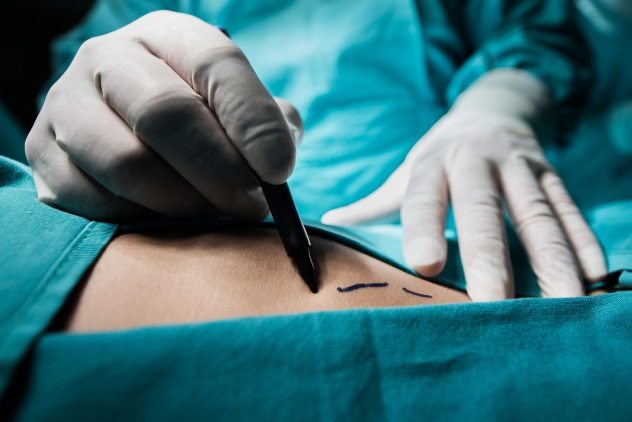
The World Health Organization (WHO) estimates that over 100,000 organ transplants are performed across the world every year. But due to a mix of government policies, personal beliefs about organ donation, and our ability to safely harvest organs quickly, we would need over ten times as many donations to meet global needs.
Of course, whenever supply doesn’t meet demand, people turn to illegal means. Since there is such a disparity between the amount of organs required and the amount available, the WHO estimates that five to ten percent of all organ transplants performed worldwide are illegal.[1] Of these, 75 percent are kidneys, the most sought-after organ.
9 Net Worth
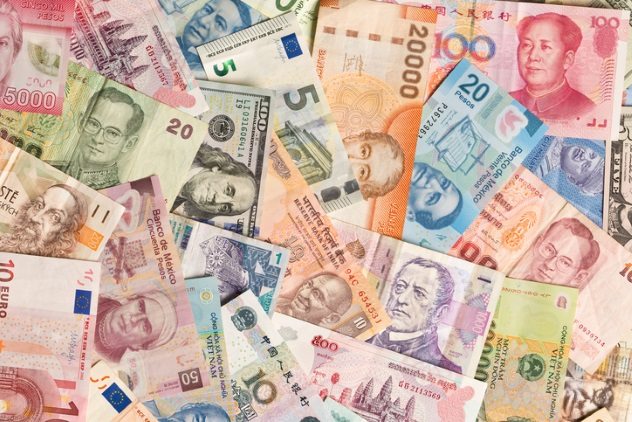
Like in all black markets, people are willing to pay a higher price for transplants that are done illegally. Despite the increased risk involved with illicit transplants, most people who are “in the market” for new organs are desperate and faced with the very real prospect of dying before moving to the top of the donor list. This enables the sellers to coerce exorbitant amounts of money from patients, which delivers the global black market for organ transplantation a profit of between $600 million and $1.2 billion a year.[2]
The people from whom these organs are bought tend to be from disadvantaged areas, such as the poorer parts of the Filipino capital of Manila. Assuming that these people do in fact see the money they are promised, the amount offered to them rarely exceeds $5,000. Meanwhile, the sellers of these organs will charge buyers from wealthier countries, such as the US and Japan, up to $200,000 per organ, personally pocketing all the profit in between.
8 Supply And Demand

Needless to say, not all organs are valued equally. The price of an organ will depend on how susceptible it is to failure, how easily it can be removed and transplanted, and whether or not people can survive donating it. The overwhelming majority of organ transplants, both illegal and legal, are of kidneys. This is because kidneys are easily damaged by lifestyle choices such as drinking, but they’re also easily sourced, as people can donate one without impacting their quality of life. This puts the price of kidneys at roughly $150,000.[3]
Livers fetch a similar price, since although they are in less demand, only a portion of the liver needs to be donated, and both the donor’s and recipient’s portions will regenerate within eight weeks. Bones and ligaments will generally set you back about $5,000, while a new cornea costs about $20,000. Unsurprisingly, the most expensive organs are the lungs and the heart, which can cost up to $300,000 and upwards of $500,000, respectively.
7 Vulnerable Targets
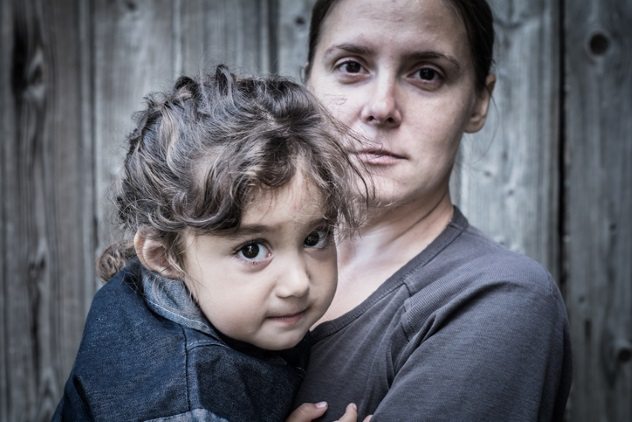
$5,000 may not sound like a lot of money for one of your organs, but for some people, it is an unimaginable amount. Needless to say, this means that traffickers focus on the most vulnerable members of society. It’s not only easier to persuade these people to part with their organs but also to underpay or steal from them entirely. These poorer, more vulnerable victims will not have the means or government assistance to ensure that any transaction negotiated is carried out fairly.
One of the clearest examples of this comes in the form of a Spanish woman.[4] In 2012, the unnamed woman posted online, advertising her kidney after speaking to a doctor in Morocco, but she soon updated it to also sell off one lung, part of her liver, and her corneas. Despite facing a 12-year prison sentence if caught, the disabled single mother was desperate to find the money she needed to support her daughter. The reason she was short on cash was that her disability payments didn’t cover the rent of her house, which was owned by an abusive ex-boyfriend. Such a case perfectly illustrates the very real dangers of organ trafficking in what are seen as otherwise safe, respectable countries.
6 Black Market Magic

In 2013, one of the largest hospitals in Swaziland got caught up in a major controversy. Employees at Raleigh Fitkin Memorial Hospital were accused of running a black market for organs, allegedly selling them to buyers from neighboring countries. All of this is done for a practice known as muti, a form of traditional sub-Saharan medicine, aka magic.
Muti is most powerful when using freshly removed body parts, and although muti murders for this purpose do occur, they are not tracked. Since committing murder after murder would draw too much attention, staff at this hospital supposedly began harvesting the organs of recently deceased patients and selling them to be used in creams, potions, and powders. Demand for fresh body parts in the area has also led to an increase in grave robbing, with the deceased often being robbed of their eyes, hands, and genitals.[5]
5 The Iranian Model
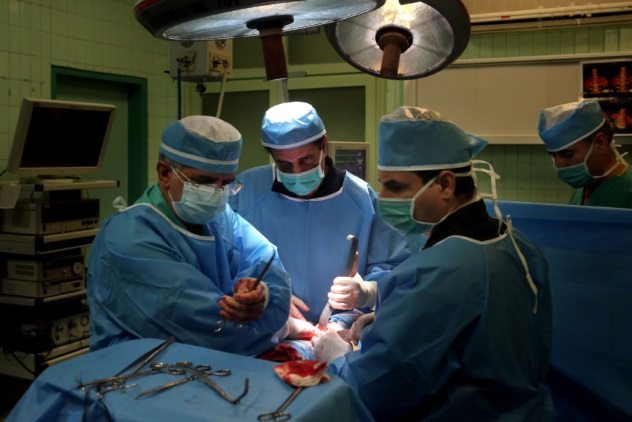
Black market organ transplantation presents a lot of problems for a lot of people. Vulnerable groups, such those living in poor, rural communities, are frequently taken advantage of. People are murdered, or graves are robbed. There are major health risks to both the donor and recipient. And with only about ten percent of the global demand for organs being met, the problem of black market organs appears to be insurmountable.
It is for reasons like these that many experts advocate for the Iranian model. About 30 years ago, the number of people with serious kidney-related issues skyrocketed in Iran. With treatments failing and costs going up, the government began paying relatives to donate kidneys and have the operations abroad. The program was somewhat of a success, with patient deaths falling, but costs still rose. So they set up their own service for organ donation, with centers all across Iran. They followed this by enacting legislation that would allow unrelated people to donate, albeit with no choice as to who the organ would go to.
Within a year, donations had doubled, with the vast majority coming from unrelated donors. In exchange for donating, donors would receive payments and free health insurance, and post-op care was improved for all.[6] The government also made every effort to suppress transplant tourism by banning foreigners from entering the country and getting an Iranian kidney, by only allowing refugees and vulnerable people to donate to others within their own group, and by outlawing any form of payment to hospital staff or middlemen.
One of the most interesting results is the fact that there are no major demographic differences between the recipient and the donor groups, meaning that the rich and powerful are donating and receiving just as much as the weak and vulnerable. Another interesting point is that organs donated after a person has died only account for ten percent of donations in Iran, whereas they account for 60 percent in the US. That being said, Iran still gets plenty of cadaveric donations; they just also attract a huge number of living donors at the same time.
4 Child Trafficking
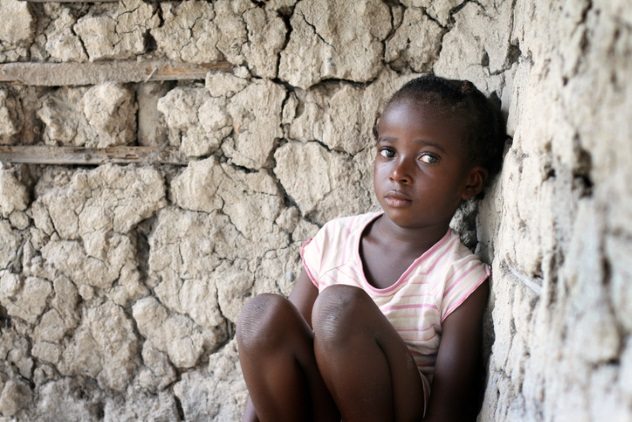
Unfortunately, organ transplantation isn’t simply a matter of finding someone willing to part with the necessary organ; it also entails finding one that is a match. Sadly, this doesn’t just mean finding a donor who has the right blood type but often also means finding one who is roughly the same age and size as the recipient. That is how innocent children have become victims of the black market organ trade.
Child organ trafficking takes place all over the world, but the situation in Mozambique is possibly the most infamous. In the northern town of Nampula, nuns from the Sisters Servants of Mary Immaculate, who had been operating an orphanage in the area for over 30 years, claim to have seen the devastating effects of this operation firsthand. As well as speaking to escaped victims and seeing photographic evidence, the nuns also say they have witnessed repeated abduction attempts at the orphanage and have even cared for orphans who have had organs removed (some of whom later died).[7] The nuns also received death threats from the traffickers, while locals have claimed that the police are complicit in the activity and attempting to cover it up.
3 Smaller Circles

Not all organ trafficking involves a conspiracy of international actors attempting to kidnap or buy off vulnerable people. Sometimes, it involves a much smaller circle of people, and the removal can occur without the knowledge or consent of either the unwilling donors or their families. By their very nature, these cases are harder to spot, but one of the most shocking examples that was uncovered is that of Ruben Navarro.
In January 2006, 25-year-old Ruben was admitted to the Sierra Vista Regional Medical Center in California. Having been diagnosed with the neurological disorder adrenoleukodystrophy, Ruben’s mental and physical abilities slowly deteriorated until January 29, when he was found unconscious. His mother, who was living on disability benefits, was told that her son was not likely to recover. Later that night, she received a call requesting that he be registered as an organ donor. She agreed.
A few days later, the decision was made to switch his life support off. The doctor treating Ruben, Dr. Hootan C. Roozrokh, was accused of instructing a nurse to administer “candy” when Ruben continued to survive without a ventilator. With the transplant team in the room (which is a violation of protocol), morphine, antianxiety medication, and antiseptic were put into the patient’s system in an attempt to speed up his death. However, Ruben didn’t die until eight hours later, and his organs ultimately could not be harvested.
Despite a significant amount of suspicious activity, Dr. Roozrokh was cleared of all charges.[8] His was the first such case to go to trial in the US, though there is no shortage of accusations that deceased patients have had their organs removed without consent. In many cases, however, the body will be cremated, and the truth becomes impossible to determine.
2 War Crimes
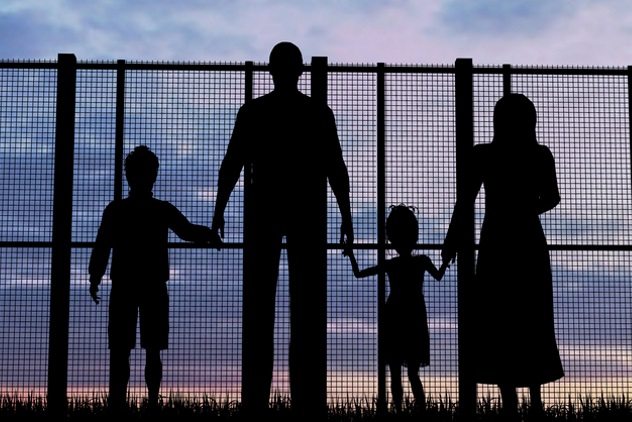
Traffickers usually target the poorest and most vulnerable people in society for two very clear reasons: They will be willing to part with their organs for less money, and the police will be less likely to take notice or step in. Still, there comes a point when so many people in a region have fallen victim to organ trafficking that the public outrage will simply cause the traffickers to move onto the next area. But in situations where huge numbers of poor, vulnerable people are dying or going missing en masse, the trail is much easier to cover up—such as in wars or refugee crises.
In 2015, the bodies on nine Somali citizens were found on a beach in Egypt. While they initially may have looked like refugees who drowned at sea, the scars on their bodies made it clear that their organs had been harvested. After the tsunami in 2004, a slum in India became known as “Kidneyville,” as doctors there would refuse to treat people who couldn’t pay without getting something in return, namely healthy organs.
Another example is that of the Kosovo Liberation Army, who were accused of harvesting organs from Serbian rivals after the end of the Kosovo War.[9] After journalists leveled the accusations and the EU investigated, a new court was established as a direct response. The new court will look into allegations of war crimes where defendants are accused of “subjecting persons who are in the power of an adverse party to physical mutilation or to medical or scientific experiments of any kind which are neither justified by medical, dental or hospital treatment.”
1 Everyone’s Problem

Many traffickers convince themselves that organ trafficking is often a victimless crime: The sick get healthy, the poor get money, and the middleman earns a living by connecting them. Normal people will usually see the unwilling donors as victims, and many times, the recipients are being given substandard organs that could put their lives at risk. In truth, the black market for organs is a problem that affects us all.
In the US, there are about 120,000 waiting for an organ transplant, with one more being added to the list every ten minutes. 22 people a day die while on this list, and yet, a single organ donor can save eight people. By donating tissues in addition to organs, that same donor could end up helping an unbelievable 75 people.[10] So in a country of over 320 million people, is finding an extra three per day really so difficult?
The answer is clearly no. But only 42 percent of Americans are registered as organ donors, despite the vast majority being eligible. The reality is that the black market for organs exists because both governments and citizens continuously fail to take any significant action to address this issue.
In 2015, Wales changed their laws to adopt an opt-out system, where everyone is assumed to be an organ donor unless they specify otherwise. This allows doctors to take the organs without having to jump through hoops, during which time the organs may become unusable. In the following year, they saw a ten-percent rise in organ donations (versus four percent in the rest of the UK), and only six percent of people have chosen to opt out. Over 24 countries now have some form of presumed consent laws, and these generally see donation levels up to 30 percent higher than countries with an opt-in system. So while the organ traffickers are indisputably carrying out horrifying crimes, we must ask ourselves two questions: When will our governments take back control of this market, and until then, where do I sign up?
While writing this list, Simon registered as an organ donor and encourages you to do the same.
Read more about illegal organ trafficking on 10 Black Market Organ Trafficking Rings and 10 Surprisingly Lucrative Illegal Trades.








